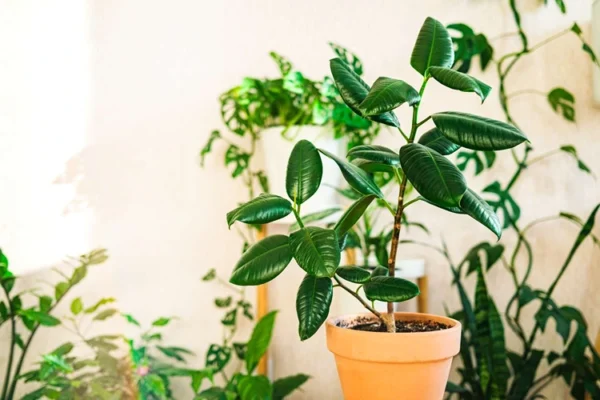10 Quickly Growing Vegetables in the Garden
Growing vegetables in a home garden positively impacts health, finances, the environment, food security, well-being, education, and community engagement. It allows for the consumption of fresh, nutritious produce while fostering a sustainable and rewarding lifestyle. When planning your garden, consider incorporating quickly growing vegetables, for a satisfying and timely harvest that will add a burst of flavor and nutrition to your meals.

Quickly growing vegetables, such as radishes and spinach, are perfect choices for gardeners looking for fast results and a bountiful harvest in a short time. These vegetables have an impressive growth rate, allowing them to go from seed to plate in less than two months. With quickly growing vegetables, you can enjoy fresh, homegrown produce in just a matter of weeks from planting.
With their quick development, you’ll soon be able to enjoy your own freshly harvested produce from the comfort of your home.
Arugula
Arugula is a versatile leafy green that can fit into almost any vegetable garden. Known for its peppery flavor, arugula doesn’t require much space to grow. You can sow the seeds in early spring or fall. As early as four weeks after planting, you can start harvesting the leaves. To extend the harvest, you can handpick individual leaves or pull up the entire plant. Arugula prefers full sun to part shade conditions and moist, well-drained soil. Its maximum height can reach up to 2 feet.

Bok Choy
Bok choy, a type of Chinese cabbage, forms small, narrow heads with thick white stalks and deep green leaves. This nutritious leafy green is popular in salads and stir-fries. Most varieties of bok choy, which is an easy-to-grow, cool-season vegetable, are ready to harvest 6-7 weeks after planting in spring. It’s worth noting that bok choy performs best in part shade conditions, making it suitable for indoor vegetable gardening. Ensure the soil is moist and well-drained when cultivating bok choy, aiming for a maximum height of up to 2 feet.
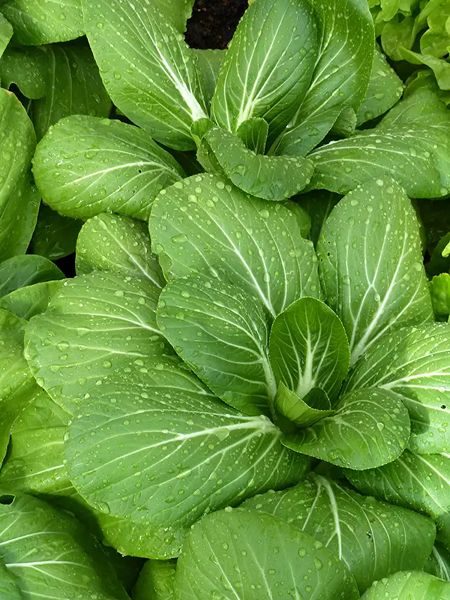
Cucumber
Cucumbers are highly productive plants, with just one plant yielding an abundance of crunchy and refreshing fruits. Growing cucumbers is a straightforward process. You can sow the seeds in the garden once the soil has warmed up in spring or start them indoors a few weeks before the expected frost-free date in your area. Sufficient watering is crucial to avoid bitterness in the cucumbers. Once the fruits start forming, they develop rapidly, with many varieties beginning to ripen within 6-7 weeks after planting. To prevent oversize fruits that may be seedy and bitter, it is recommended to harvest the cucumbers every few days. Cucumbers thrive in full sun exposure and moist, well-drained soil, and their size can reach up to 6 feet tall.

Green Beans
Green beans, also known as snap beans, are essential for any homegrown vegetable garden. They are easy to cultivate and are relatively resistant to pests. Pole types are particularly advantageous as they occupy minimal space in the landscape. Green beans come in various colors, shapes, and sizes, with pods exhibiting green, yellow, purple, or speckled hues. These warm-season crops should be sown in late spring, and to ensure a continuous harvest until fall, additional sowings can be done every two weeks. Pods are ready to be picked when they reach a length of 6-8 inches, typically around 6-7 weeks after planting. Provide green beans with full sun exposure and moist, well-drained soil, aiming for a maximum height of up to 7 feet, depending on the specific type.
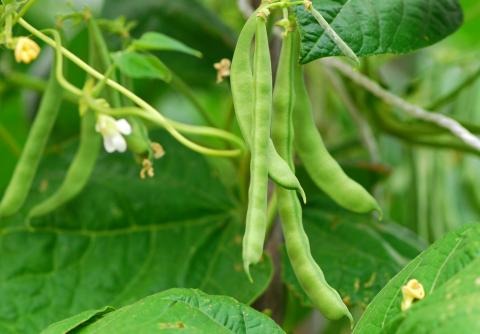
Green Onion
Green onions, also referred to as scallions or spring onions, can be harvested as early as 5 or 6 weeks after planting. To achieve a continuous harvest into summer, start sowing seeds in early spring and continue sowing every two weeks. When it’s time for harvest, simply pull the whole plant up from the ground once it reaches a height of 6-8 inches. Green onions thrive in full sun exposure and moist, well-drained soil, and their height can reach up to 8 inches.

Kale
Kale is a leafy green that thrives in cool-season conditions and is renowned for its health benefits. In addition to its nutritional value, kale is an attractive plant to cultivate, with varieties displaying different colors, such as blue-green, green, or burgundy, and various leaf forms, such as ruffled, curly, deeply cut, or flat. Sowing kale seeds in your garden during early spring is recommended. Baby greens can be harvested approximately 3-4 weeks after seeding, while mature leaves should be ready for harvest within an additional 2-3 weeks. Provide kale with full sun exposure and moist, well-drained soil, aiming for a maximum height of up to 3 feet.

Okra
Okra is a warm-season crop that thrives in hot and humid summer conditions. Around 6-7 weeks after sowing, the hibiscus-like blooms of okra plants start to appear, followed by the development of long, slender pods. To maintain tenderness, it is crucial to check the plants daily and pick the pods when they are at their peak. These tender pods can be used in a flavorful Cajun gumbo or grilled to prevent a slimy texture. Provide okra with full sun exposure and moist, well-drained soil. Depending on the variety, okra plants can reach a height of 4-8 feet.
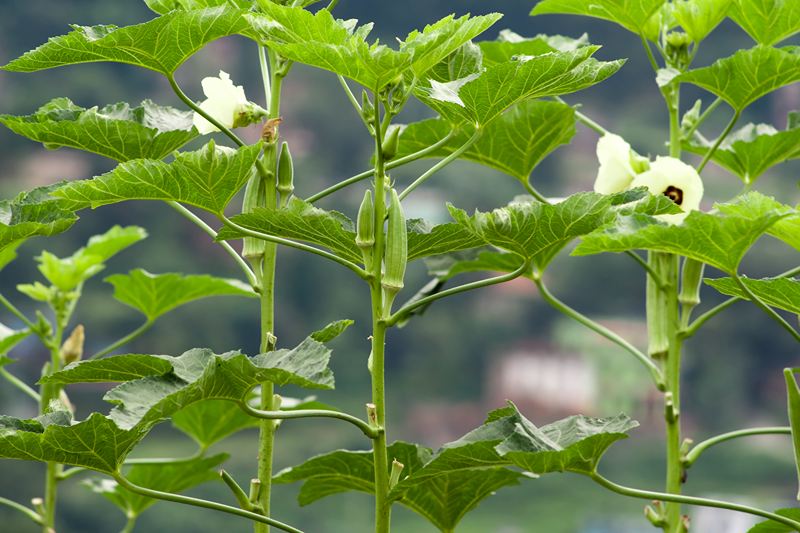
Radish
Radish are one of the fastest-growing vegetable plants available. Certain varieties can be ready to eat in as little as three weeks from the time they are seeded. They thrive in cool-season conditions, performing best during spring or fall, before or after the intense heat of summer. It is recommended to harvest radish as soon as they reach a bite-size stage to avoid excessive spiciness. If left in the ground for too long, they can become woody and develop cracks. To cultivate radishes successfully, provide them with full sun exposure and well-drained soil, as they are prone to rot in soggy or poorly drained soil. These plants can reach a height of up to one foot.
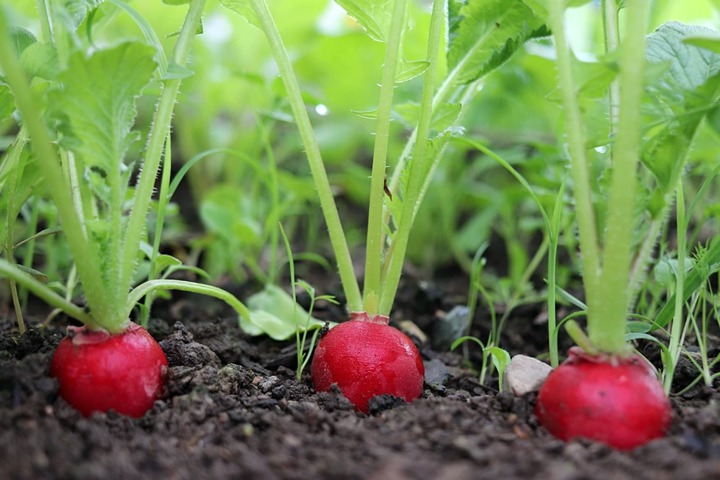
Spinach
Growing your own spinach is incredibly simple, particularly during spring or fall. As soon as the soil is no longer frozen after winter, you can sow the spinach seeds directly in your garden. Additionally, you can sow seeds in the fall when temperatures start to cool down. Harvesting individual leaves for use as baby greens can begin approximately three weeks after sowing. Alternatively, you can opt to pick whole plants around five to six weeks after seeding by either pulling or cutting them at the soil line. For optimal growth, spinach prefers full sun to part shade conditions and moist, well-drained soil. Its maximum height can reach up to 12 inches.
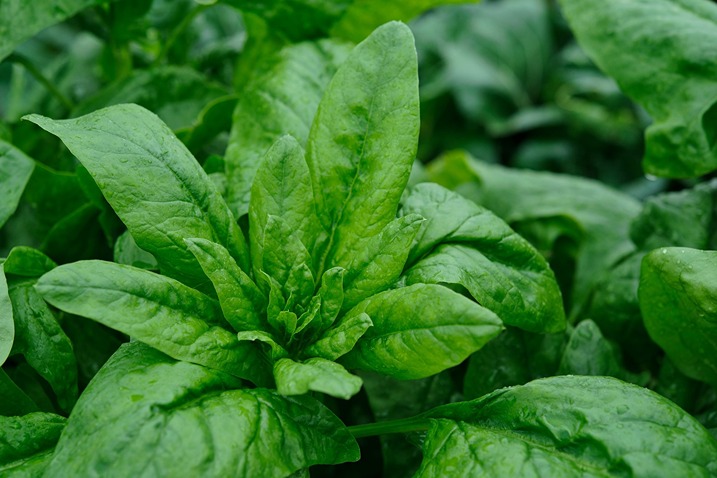
Turnips
Turnips offer a dual purpose as both their spicy greens and mild-tasting roots can be consumed. These plants thrive in cool conditions, making early spring or late summer the optimal periods for planting turnips. Turnip greens can be harvested when they grow to a height of 4-6 inches, which usually occurs around four weeks after sowing. The roots take approximately 6-7 weeks to mature, depending on the variety. When cultivating turnips, ensure they receive full sun to part shade conditions and moist, well-drained soil. These plants can reach a height of up to 12 inches.

effects of Growing Vegetable at Home
Growing vegetables in a home garden can have several positive effects:
- Health Benefits
Growing vegetables at home allows you to have access to fresh and nutritious produce. You have control over the cultivation methods, ensuring that no harmful chemicals or pesticides are used. Homegrown vegetables are typically higher in nutrients and flavor compared to store-bought options, as they are harvested at their peak ripeness.
- Cost Savings
Growing your own vegetables can save you money in the long run. The initial investment in seeds, soil, and gardening tools may be required, but the ongoing cost of purchasing vegetables from the store is significantly reduced. Additionally, you can grow a variety of vegetables, which further lowers your grocery bills.
- Environmental Impact
Home vegetable gardens contribute to sustainability and environmental conservation. By reducing the demand for commercially grown vegetables, you lessen the carbon footprint associated with transportation, packaging, and energy-intensive farming practices. Furthermore, you have control over the use of pesticides and can adopt organic gardening methods, promoting a healthier ecosystem.
- Food Security
Growing your own vegetables provides a level of food security. You are not dependent on external sources for your fresh produce, and during times of scarcity or emergencies, having a home garden can be particularly advantageous. It promotes self-sufficiency and resilience in times of food shortages.
- Mental and Physical Well-being
Gardening has therapeutic benefits for mental and physical health. It provides an opportunity for physical activity, connecting with nature, and reducing stress. Tending to plants and watching them grow can be a rewarding and calming experience, contributing to overall well-being.
- Education and Connection
Home vegetable gardening offers a valuable learning experience, especially for children. It provides an opportunity to learn about plant life cycles, food production, and sustainable practices. Gardening can also foster a sense of connection to the natural world, as you witness the intricate processes of growth and development.
- Community Engagement
Home gardening can promote community engagement and sharing. You can exchange surplus produce with neighbors, participate in local gardening groups, or contribute to community gardens. This interaction fosters a sense of community and encourages collaboration and knowledge sharing.


